Piano Sonata Op.79 (Beethoven, Ludwig van)
Details
Description
SKU: S0.47433
Composed by Ludwig van Beethoven. Arranged by Wen. Classical Period. 14 pages. Published by Wenhao Pei (S0.47433).The Piano Sonata No. 25 in G major, Op. 79, was written by Ludwig van Beethoven in 1809. It consists of three movements:Presto alla tedescaAndanteVivaceIt is one of Beethoven's shorter sonatas with an approximate performance time of only eleven minutes, if Beethoven's prescribed repeats are all observed. It is also the shortest of his sonatas with more than two movements.The first movement opens forcefully with a three-note motive (G, B, G) heard frequently throughout the movement. The second theme group in D major is based on fast scale and arpeggio passages and leads very swiftly into the forceful codetta. A few hesitant octave notes are played before the exposition repeats. The entire exposition is but 35 seconds long (without the repeat).The development section dominates this movement, being approximately 60 seconds long. It features frequent modulation as well as themes borrowed and fragmented from the exposition including the opening three note motive which is heard in the form of left-hand crossovers. This motive starts on E major, then moves on to B 7th and later moves in C minor followed by G 7th, ending in almost strange E-flat major, B Flat 7th combination. The recapitulation snaps the listener back to the home key forcefully with its opening three note motive, then proceeds to repeat the exposition entirely in the home key.The development and recapitulation together are enclosed in a second, longer repeat mark.As a final touch to this sonata, the coda features the main theme played in G Major in the left hand with treble, then the theme again in A minor in the right hand with bass accompaniment, then the same thing again except with comedic acciaccatura inserted. The recapitulation and coda together take up approximately another minute.The whole movement (with the exposition repeated) lasts approximately three minutes. If the second repeat prescribed by Beethoven, encompassing the development and recapitulation, is observed, this brings the total performance time to around four and a half minutes.The andante movement, in G minor, uses a tranquil theme in 9/8 time (quite uncommon in Beethoven's works) and gentle, light atmosphere to present contrast to the ecstatic first movement. It is about two and a half minutes long.The finale movement is the most playful sounding as well as being the shortest at barely two minutes long. The movement is constructed in rondo form (ABACA' and a Coda), with a two-part theme in parts A and contrasting episodes in key (section B) and in rhythm (section C) in the other sections. A very brief coda brings this quick, light-hearted sonata to a brisk end. Beethoven later uses the chord progression found at the beginning of the A section to start his Op. 109 sonata. (A comparison of the two pieces gives a dramatic illustration of how Beethoven's piano-writing developed in the 11 years that intervened between the two sonatas. The Opus 109 theme is altogether subtler and subject to dramatic twists that lead the listener into quite unexpected harmonic territory.).
Digital Downloads are downloadable sheet music files that can be viewed directly on your computer, tablet or mobile device. Once you download your digital sheet music, you can view and print it at home, school, or anywhere you want to make music, and you don’t have to be connected to the internet. Just purchase, download and play!
PLEASE NOTE: Your Digital Download will have a watermark at the bottom of each page that will include your name, purchase date and number of copies purchased. You are only authorized to print the number of copies that you have purchased. You may not digitally distribute or print more copies than purchased for use (i.e., you may not print or digitally distribute individual copies to friends or students).
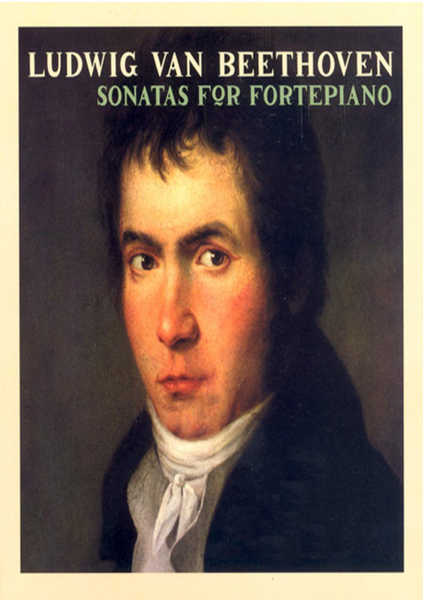
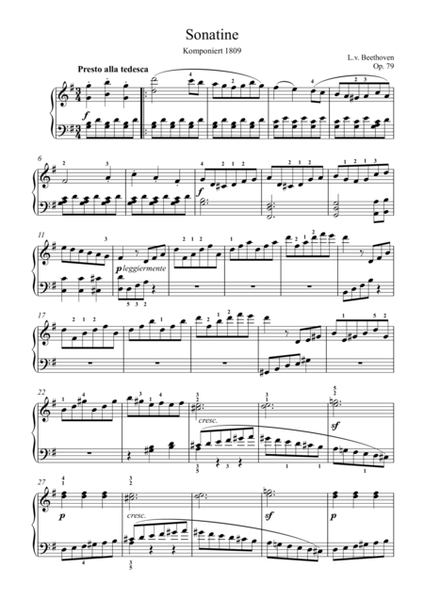
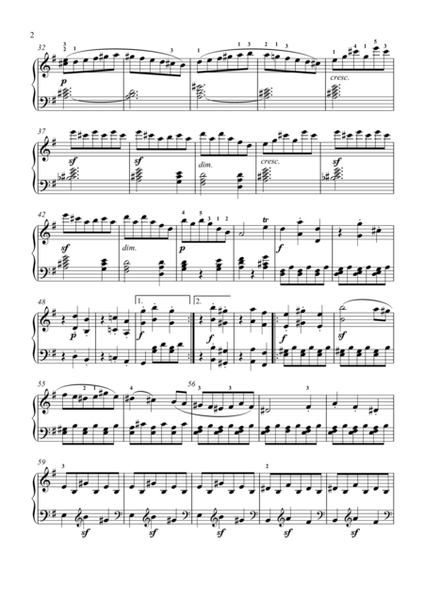
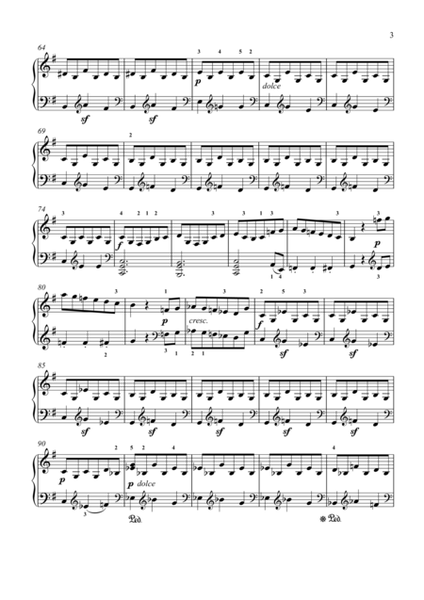
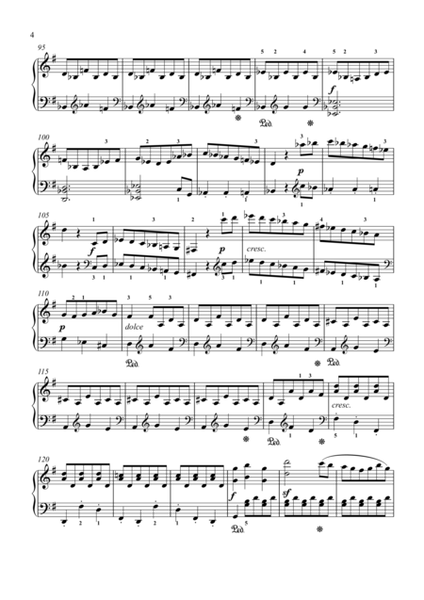
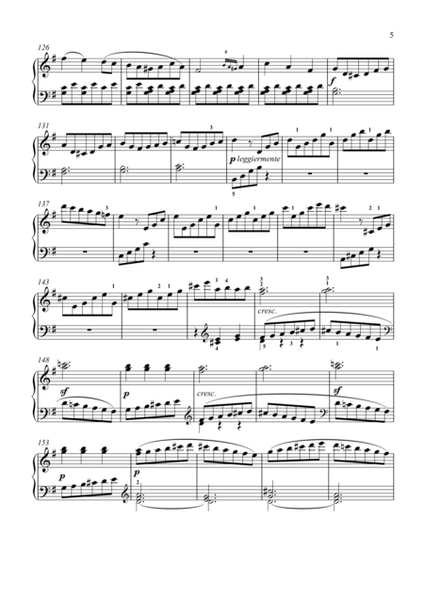
 Share
Share